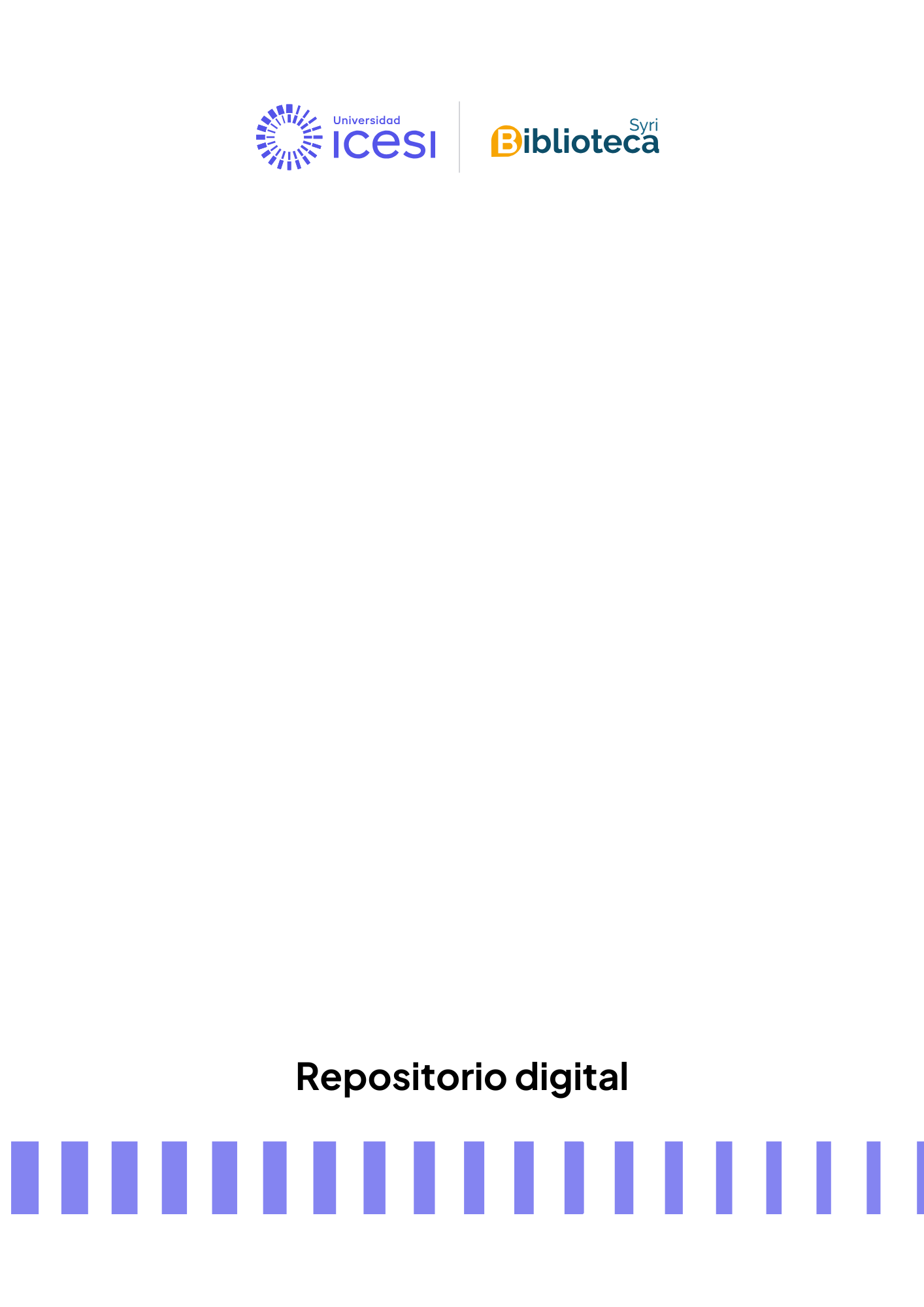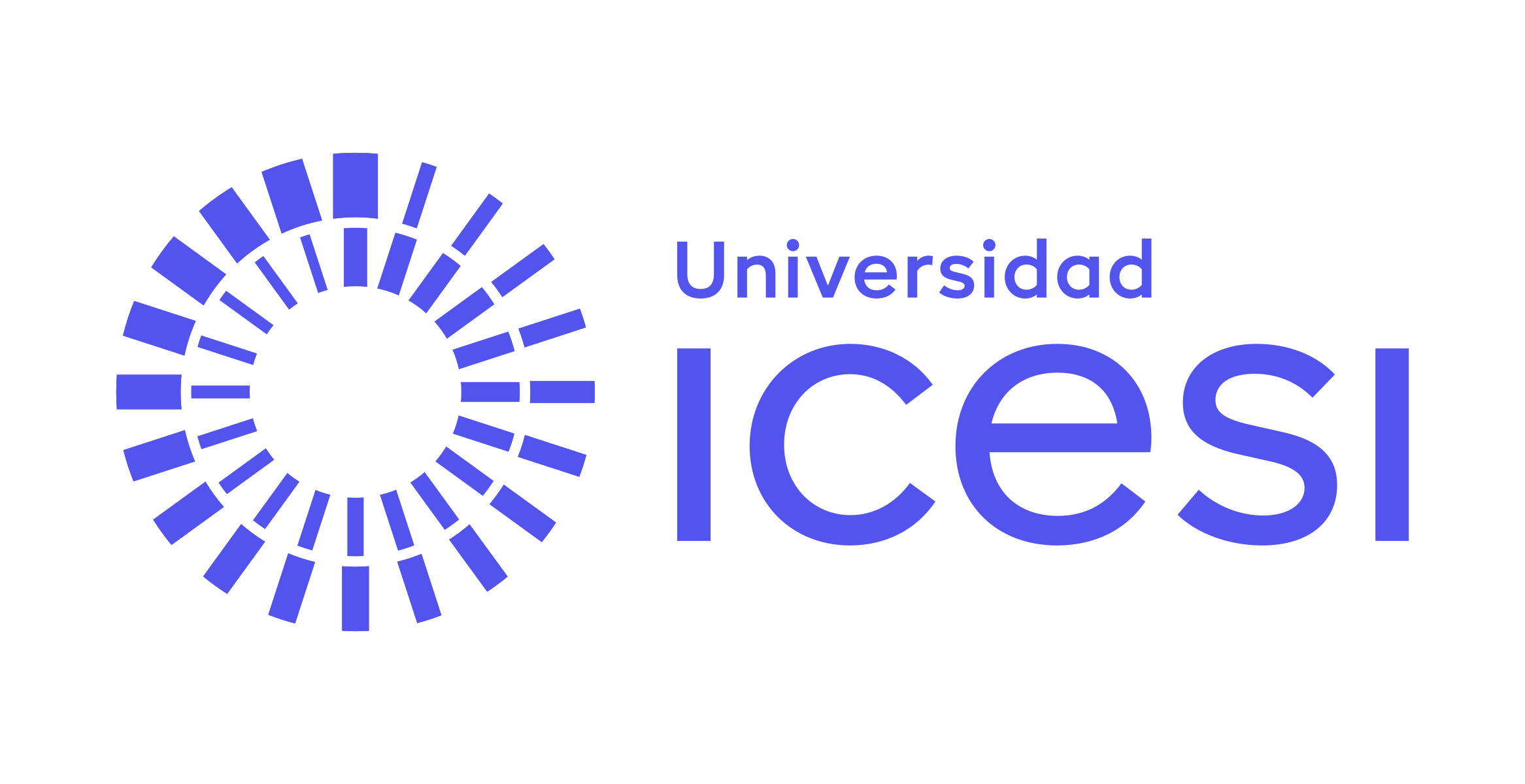Entre ánimas, renacimientos, la estrella y la cruz: El cadaver desde una perspectiva religiosa

Archivos
Fecha
2019-07-01
Autores
Director de tesis/Asesor
Título de la revista
ISSN de la revista
Título del volumen
Publicador
Universidad Icesi
Editor
Compartir
Resumen
The central idea to be developed in the following article is the conception of the deceased body and the arrangements that are made as a “last connection” between the two worlds, alive’s world and death´s world. Additionally, it is analyzed how the different religions (Catholicism, Judaism, Buddhism and Voodoo) have played an important role in the construction of this “last image”. The answer to this idea or central hypothesis will be exposed in the final reflections, showing how some people like the Thanatologist, or groups like the Jevrá Kadishá (according to the type of religion), become intermediaries between the spiritual and the physical world, helping in different social processes like the mourning.
Abstract
Resumo
Descripción
La idea central a desarrollar en el siguiente artículo es la
concepción del cuerpo difunto y los arreglos que se le hacen
cómo una “última conexión” entre los dos mundos, el de los vivos y el de los muertos. Adicionalmente, se analiza cómo las diferentes
religiones (Catolicismo, Judaísmo, Budismo y Vudú) han jugado
un papel importante en la construcción de esta “última imagen”.
La respuesta a esta idea o hipótesis central se expondrá en las
reflexiones finales, mostrando cómo algunas personas cómo el
tanatólogo, o grupos cómo la Jevrá Kadishá (según el tipo de religión),
se convierten en intermediadores entre el mundo espiritual y el
físico, ayudando en diferentes procesos sociales cómo el del duelo.
Palabras clave
Cadáver, Perspectivas, Corporalidad, Catolicismo, Judaísmo, Budismo, Vudú
Keywords
Palavras-chave
Citación
DOI
Handle
ISBN
ISSN
2248-7212

